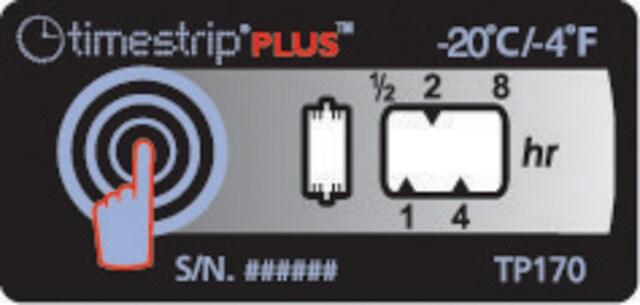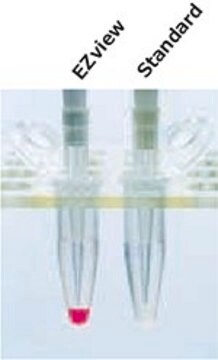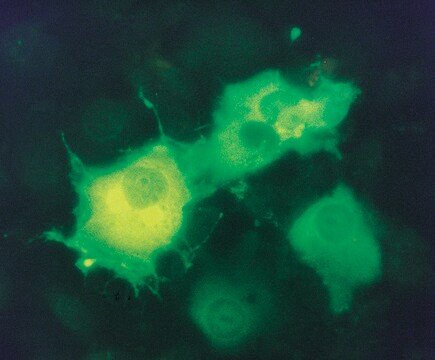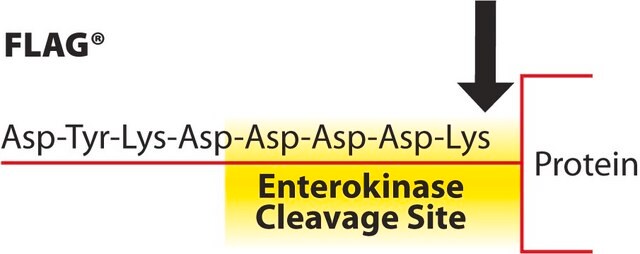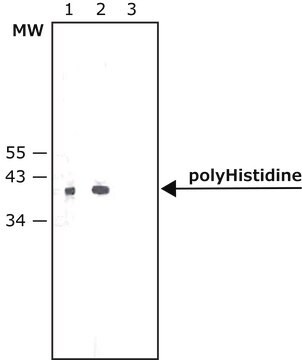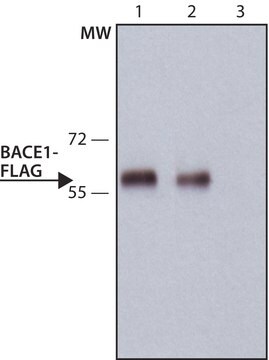P2983
Anticorps monoclonal ANTI-FLAG® M2 antibody produced in mouse
96-well, clear, polystyrene, flat bottom plate
Synonyme(s) :
Anti-ddddk, Anti-dykddddk
About This Item
Produits recommandés
Type de produit anticorps
primary antibodies
Niveau de qualité
Matériaux
polystyrene
Clone
monoclonal
Durée de conservation
Unopened plates are stable for 2 years. Once opened they are stable for 2 weeks.
Technique(s)
ELISA: suitable
Isotype
IgG1
Capacité
100-300 ng/well
Température de stockage
2-8°C
Vous recherchez des produits similaires ? Visite Guide de comparaison des produits
Description générale
Application
Learn more product details in our FLAG® application portal.
Stockage et stabilité
Autres remarques
The plate is supplied as a 96-well microtiter plate with clear sides and bottom.
Coating:
ANTI-FLAG® M2 mouse monoclonal antibody, IgG1, is coated at a reaction volume of 200 ml/well.
Blocking:
The wells are pre-blocked for convenience at 275 to 300 ml/well with a complex solution containing bovine serum albumin.
Specificity:
The plates are specific for the FLAG epitope regardless of its placement in the fusion protein: amino-terminal, Met-amino terminal, carboxy terminal or internal. Binding of the epitope is not Ca2+ dependent.
Sensitivity:
Detection of 1 ng/well of a control fusion protein was observed in an ELISA format with p-Nitrophenyl Phosphate (pNPP) as a substrate.
Capacity:
Capture of 100 to 300 ng/well of a FLAG fusion protein has been demonstrated.
Informations légales
Vous ne trouvez pas le bon produit ?
Essayez notre Outil de sélection de produits.
Produit(s) apparenté(s)
Faites votre choix parmi les versions les plus récentes :
Déjà en possession de ce produit ?
Retrouvez la documentation relative aux produits que vous avez récemment achetés dans la Bibliothèque de documents.
Les clients ont également consulté
Contenu apparenté
Protein purification techniques, reagents, and protocols for purifying recombinant proteins using methods including, ion-exchange, size-exclusion, and protein affinity chromatography.
Protein expression technologies for expressing recombinant proteins in E. coli, insect, yeast, and mammalian expression systems for fundamental research and the support of therapeutics and vaccine production.
Notre équipe de scientifiques dispose d'une expérience dans tous les secteurs de la recherche, notamment en sciences de la vie, science des matériaux, synthèse chimique, chromatographie, analyse et dans de nombreux autres domaines..
Contacter notre Service technique